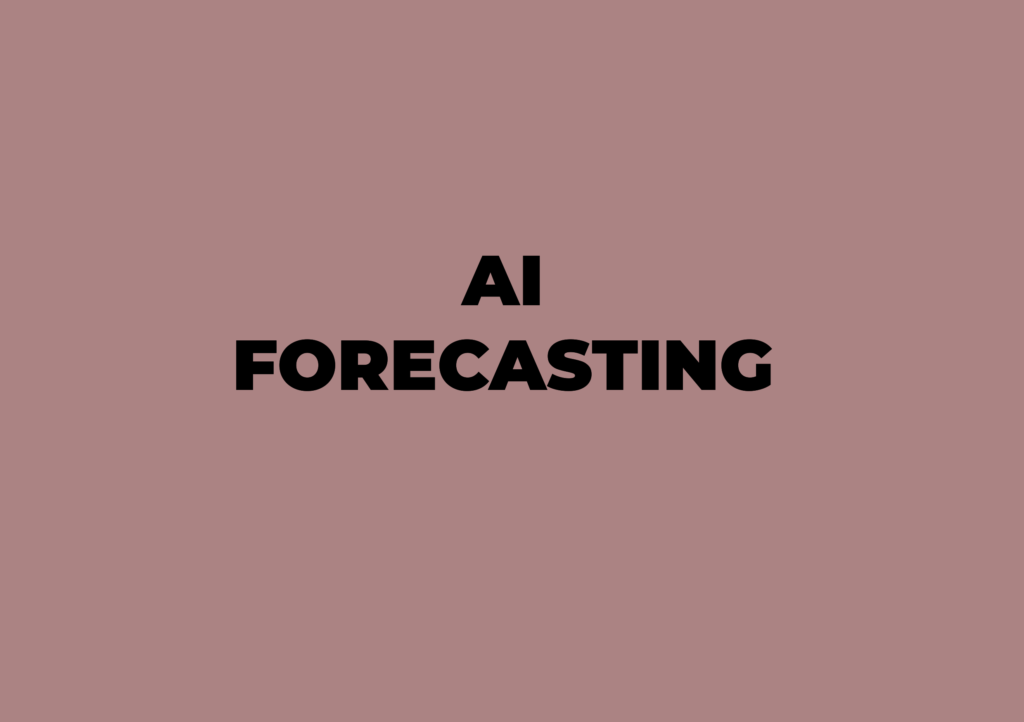What is business forecasting
Business forecasting involves predicting future trends, events, and conditions that may affect a company. This helps businesses to plan ahead and make informed decisions. Historical data, market trends, economic indicators, and industry analysis are some of the factors used in forecasting. There are various types of forecasts such as sales, financial, production, and workforce forecasts.
To improve performance, increase profitability, and achieve long-term goals, businesses can benefit from active forecasting. This involves utilizing AI technology, which has made forecasting more accurate, efficient, and accessible. With the help of AI algorithms, businesses can analyze vast amounts of data and generate insights faster than ever before.
How forecasting helps for B2B sales
Artificial Intelligence (AI) has the potential to revolutionize B2B sales forecasting by providing accurate predictions and insights that can optimize business strategies. By analyzing data from various sources, including social media, customer interactions, and past sales records, AI can help identify patterns and trends that humans may miss. This can help businesses to make more informed decisions about inventory management, pricing strategies, and customer targeting.
Moreover, AI can provide real-time updates, ensuring that businesses can adapt to changing market conditions and stay ahead of their competitors. As a result, incorporating AI into B2B sales forecasting can lead to better decision-making and improved overall performance.
What kind of forecasts we can track in B2B sales with AI technology?
Historical Sales Data Analysis:
Analyze past sales data to identify trends and patterns in sales. This can help businesses to forecast future sales and identify potential challenges and opportunities.
Market Analysis:
Conduct a market analysis to identify market trends, customer needs and preferences, and competitive landscape. This can help businesses to forecast future sales and identify potential challenges and opportunities.
Sales Pipeline Analysis:
Analyze the sales pipeline to identify where leads are in the sales process and how long it takes for them to convert to customers. This can help businesses to forecast future sales and identify potential bottlenecks and areas for improvement.
Customer Segmentation Analysis:
Segment customers based on their needs and preferences to identify potential sales opportunities. This can help businesses to forecast future sales and tailor their sales strategies to meet the needs of different customer segments.
Sales Team Performance Analysis:
Analyze the performance of the sales team to identify areas of strength and weakness. This can help businesses to forecast future sales and develop strategies to improve sales team performance.
Few prompt examples to get accurate data from ChatGPT:
Prompt:

Answer:


Market analysis prompt:


Sales pipeline example:

Answer:

Summary:
By using these different approaches to forecast B2B sales organization, businesses can gain insights into market trends, customer needs, and sales performance. This can help them to make more informed decisions, optimize their sales strategies, and improve their overall performance.

